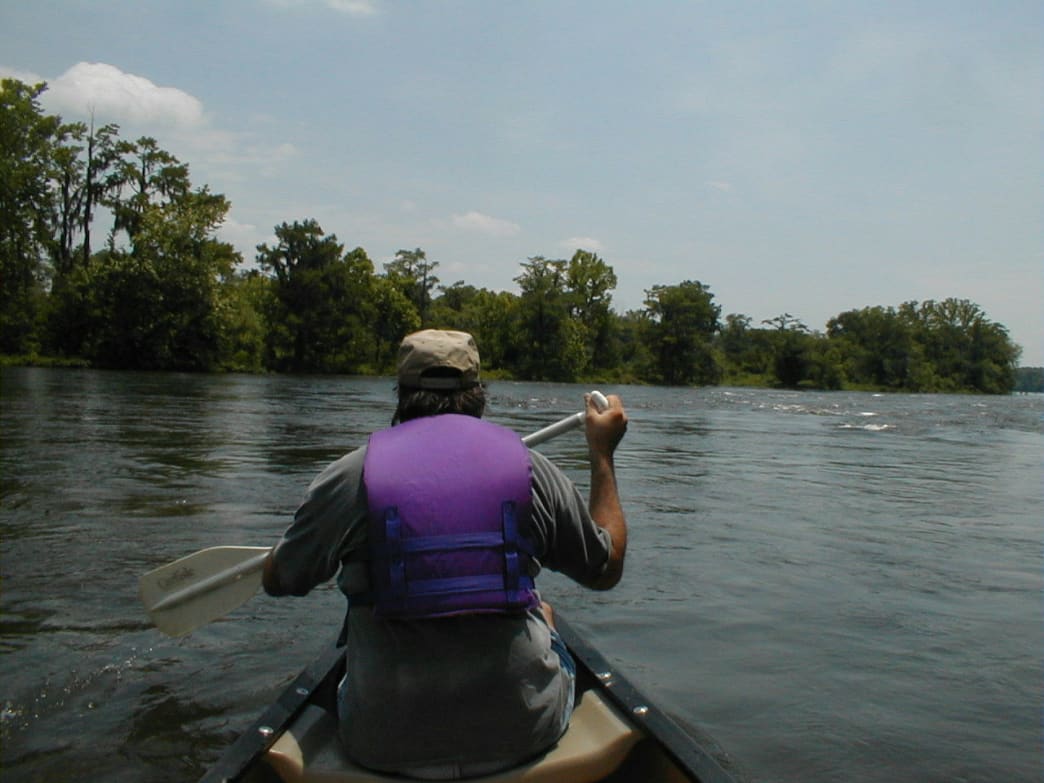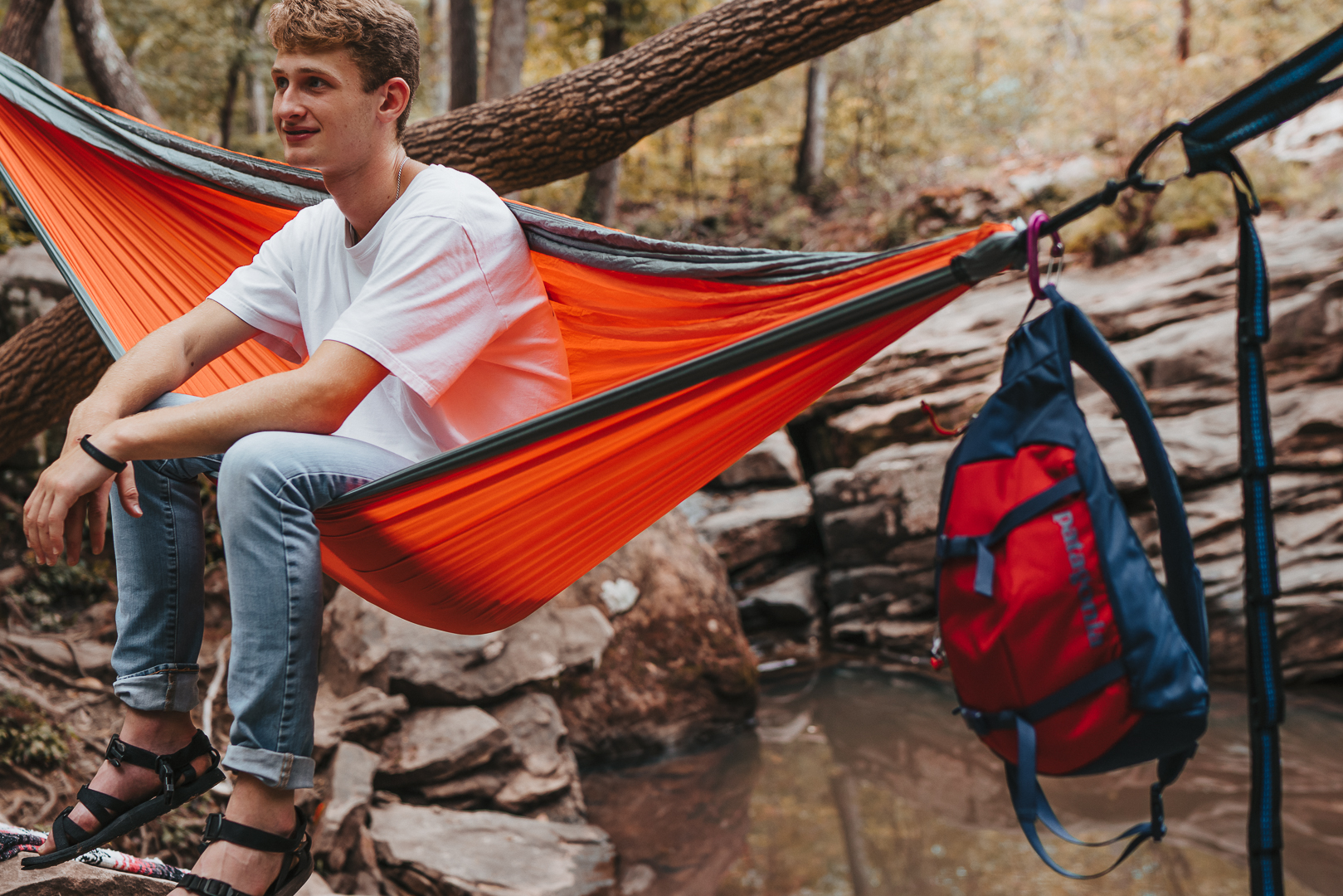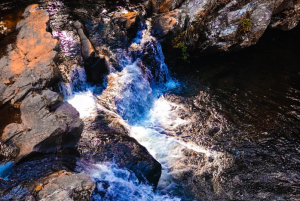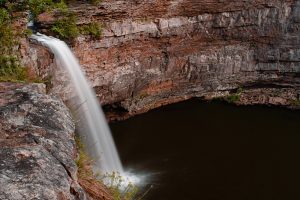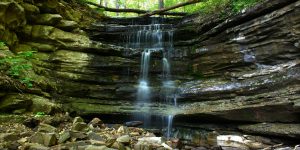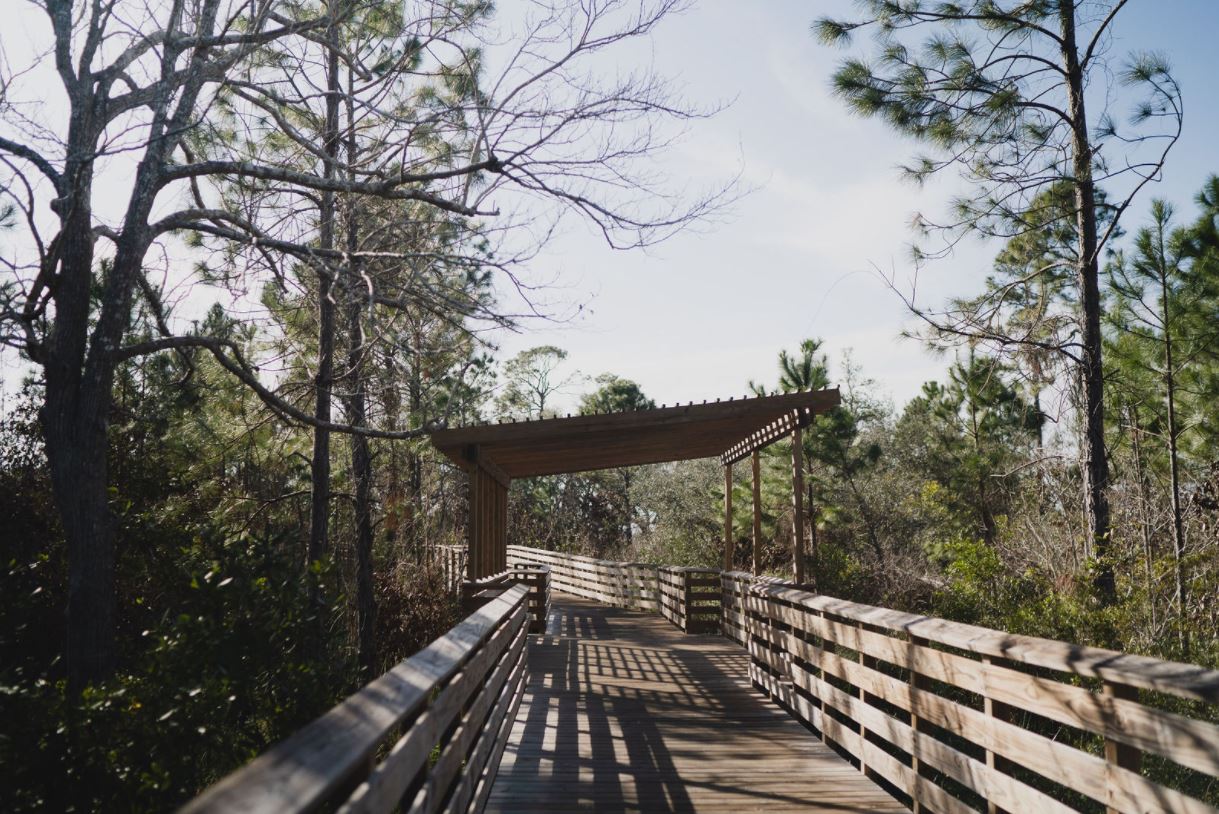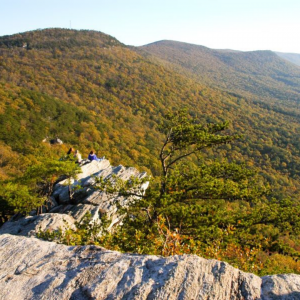4 of the Finest Swimming Holes In Alabama

Hippie Hole at Little River Canyon
Before we know it, thick curtains of humidity will drape over the land. Many draw the curtain in the comforts of recycled cooled air, but why not cool off in some of the most scenic swimming holes in the Southeast instead?
Alabama has more miles of rivers and creeks than any other state, which means plenty of options. To give you a head start, we’ve selected four of our favorite swimming holes.
Late spring is a great time to visit these spots. The water levels are high enough to give you more options than in the summer when some streams really start to dry out. While you’re out and about, remind yourself how lucky you are to live in such a beautiful and botanically exuberant state—where every plant found in the Eastern US grows, where waters flow with more species of fish (450) than any other place in North America, and where there are plant and animal species not found anywhere else in the world. Saying Alabama is ‘unique’ is a gross understatement, so get out and enjoy it in the most youthful-pastime way possible—cooling off in a natural swimming hole.
1. Little River Canyon—Eberhart Point
Little River Canyon is full of places to swim, some more crowded than others. Eberthart Point is our favorite, due to small crowds and the rocks that skirt the edge of the pool, which are perfect for jumping and sunbathing. Making your way into the canyon to Eberthart takes about 20-30 minutes, starting with a short downhill hike on a wide and well-marked trail. Once you’ve made it to the river, hike upstream about a quarter of a mile and you can’t miss it. Slide into the sweet serenade of cool, green waters and listen to the echoes of elated laughter bouncing off the canyon walls. Hike further up or downstream to find more swimming spots depending on the water levels.
Important to note: Always exercise caution, as Little River Canyon can be very dangerous during heavy rains and high water events.
2. Bankhead National Forest—Kinlock Falls

Tucked into the dense overgrowth in the Bankhead National Forest, just on the edge of the Sipsey Wilderness, Kinlock Falls is Alabama’s worst-kept secret. A waterfall spills into a large, sandy pool surrounded by high, mossy cliffs. It’s only a short walk from your car, and the short hike down to the falls can be a bit tricky and technical, so be careful. Above the waterfall are a string of smaller pools, some of which are impressively deep. Be careful in high waters, as currents here can be dangerous and deceiving. With the growing popularity of this spot, take a trash bag to pick up any trash left behind to help preserve this area. To find this escape, turn onto Kinlock Road (Forest Service Road 3434) from Cranal Road (Route 60), which is the southern boundary of the Sipsey Wilderness. Drive about one mile and look for the creek in the ravine on your right and trails leading down to the water. If you pass the parking area for the shelter you’ve gone too far.
3. Chewacla State Park—Lower Falls Hole

A popular destination for the local university, the Lower Falls swimming hole at Chewacla State Park is perfect for aquatic exploration. Just below the dam of the lake, water cascades over the spillway and carves an intricate path through boulders to meet a small feeder creek, which creates the perfect swimming hole. If you’re looking for a bit of exploration and seclusion, you might try finding the rope swing and another swimming hole further downstream. To get here, stay on the main road and follow it for about two miles to the lower falls parking lot. The trail starts at the end of the roundabout, to the right of the pavilion. Hike down to the creek and follow the water downstream. Depending on water levels, there may be several, smaller pools above the main hole. Please stay out of the quarry that borders the property. No matter how tempting the cobalt-blue waters look, they are not safe for swimmers.
4. Desoto State Park—Desoto Falls

Located atop Lookout Mountain, north of the actual park lies one of our favorite spots for summer swimming. Water spills over a rocky ledge, falling 104 feet into a deep and wide pool that looks as though it were straight from the set of The Goonies. The climb down to the pool can be difficult; we recommend only confident scramblers attempt to access this pool. A cave cuts into the cliff behind the waterfall, creating a perfect place to rest with cooling mist from the plunging falls. Steeped in folklore and history from Native Americans, Spanish explorers, and Union Calvary, day dreaming on the edge of this swimming hole can take you back in time. Although DeSoto Falls is considered a part of DeSoto State Park, it’s not technically within the park and is located 7 miles north, towards Mentone, AL, near the small town of Valley Head. Take route 117 out of town, and turn right onto 613 which should dead end into a viewing platform of the falls.
Find the best summer gear at Alabama Outdoors. We want everyone to enjoy the outdoors, and we work to build loyalty one connection at a time. Visit one of our stores or take advantage of our shipping or curbside pickup! #BeOutdoors
Written by Sam Brown for RootsRated and legally licensed through the Matcha publisher network. Please direct all licensing questions to legal@getmatcha.com.
Featured image provided by Tennessee Wanderer
 We know—it’s hot y’all. With temperatures climbing toward the 90s by 9 a.m., those of us privileged to live in and visit this gorgeous state get pretty desperate to keep cool. But that’s no reason to stay indoors.
We know—it’s hot y’all. With temperatures climbing toward the 90s by 9 a.m., those of us privileged to live in and visit this gorgeous state get pretty desperate to keep cool. But that’s no reason to stay indoors.






